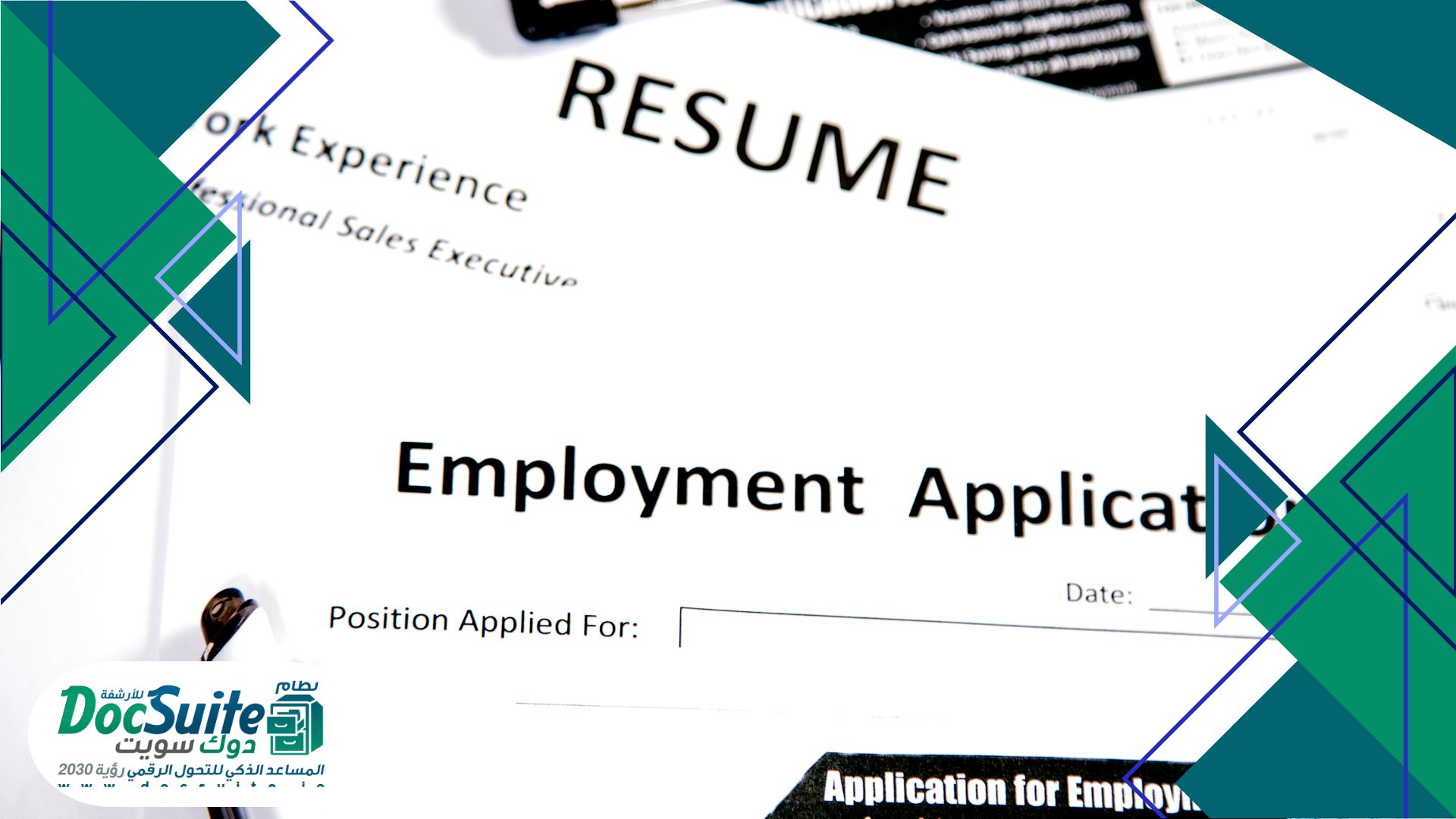Job fairs are crucial events that bring together companies and job seekers to exchange opportunities and information about available jobs. These fairs provide an ideal environment for job seekers to gain insights into specific companies, understand their needs, and discover the job opportunities they offer. On the other hand, these fairs are a chance for companies to showcase their activities and job opportunities to the public, directly engage with interested candidates, and attract promising talent.
Attending a job fair is a highly valuable experience for both parties. For job seekers, it provides an opportunity to learn about the latest labor market trends and requirements, helping them build a professional network that will benefit them in the future. For companies, job fairs allow them to market themselves as attractive workplaces, saving time and effort in the search for suitable talent.
Despite the numerous benefits job fairs offer, they also face certain challenges. Among the most prominent are the large crowds, time pressure, and the difficulty of sorting through a vast number of job applicants. These challenges require both companies and job seekers to prepare early and plan well to get the most out of their participation in these fairs.
With technological advancement, job fairs are increasingly using digital solutions and modern technologies like artificial intelligence and data analytics to facilitate job searches and candidate selection processes. These technologies play a vital role in enhancing participant experiences and improving the efficiency of the overall recruitment process.
How Attending a Job Fair Can Open Doors to Job Opportunities
Job fairs are one of the main methods job seekers use to connect with potential employers and gain job opportunities. They provide an ideal environment for companies to display their job vacancies and directly engage with interested individuals, while also offering a great opportunity for job seekers to explore various opportunities and build valuable professional networks. These fairs allow for the exchange of knowledge and experiences between both parties, contributing to better job placement and the development of a brighter professional future.
Attending a job fair can open doors to job opportunities in several ways:
Direct Interaction with Employers:
Job fairs allow job seekers to directly interact with company representatives and employers. This interaction can highlight the unique skills and experiences that job seekers can offer, which might not be fully apparent in a resume.
Learning About Companies:
Attending a fair allows job seekers to learn about a variety of companies and understand their business nature and organizational culture. This can help job seekers make better decisions about which companies they want to apply to.
Participating in Workshops and Events:
Job fairs often host interesting events and workshops that highlight important topics in the current job market. Job seekers can participate in these events to increase their knowledge and develop their skills.
Submitting Resumes and Conducting On-the-Spot Interviews:
Many job fairs allow job seekers to submit their resumes directly to employers and conduct immediate interviews. This can open the door to immediate job opportunities or have their resumes considered for future openings.
Networking with Business Professionals:
Job seekers can use their attendance at a job fair to build valuable relationships with business professionals, whether from participating companies or other professionals attending the fair.

Challenges of Job Fairs
Despite the many benefits job fairs offer, they face some challenges, such as crowded attendance and time pressure, which require companies and job seekers to plan well to make the most of these events. Job fairs are a unique experience for both companies and job seekers, facing specific challenges that can be summarized as follows:
Volume of Data:
The volume of data during job fairs is often large and varied, with many resumes and personal information being submitted by job applicants. This large amount of data can pose a significant challenge for employers and participating companies, as they must effectively process and analyze this data to select the best candidates. Modern data analysis techniques and artificial intelligence can be highly beneficial in this regard, helping to filter data and identify suitable candidates faster and more accurately.
Time and Effort Resources:
Attending a job fair requires a lot of time and effort from both sides, whether for companies looking for employees or for job seekers. Companies must allocate an appropriate team to participate in the fair, set up an attractive booth to draw visitors, and allocate time to meet and evaluate applicants. Job seekers, on the other hand, must find suitable fairs, prepare their resumes, and spend a long time at the fair exploring opportunities and interacting with employers. Good time management and schedule organization can help achieve efficiency and overcome challenges faced by participants in job fairs.
Effective Communication:
Effective communication between companies and job seekers is essential to achieve mutual goals in job fairs. Companies must clearly outline their needs and job requirements to job seekers, while job seekers must provide accurate information about their skills and experiences. Good communication can avoid confusion and misunderstandings, leading to better alignment between companies and potential candidates and achieving the best results in recruitment processes.
Differentiation and Attention-Grabbing:
Job fairs attract a large turnout from both companies and job seekers, making the competition for job opportunities fiercer. Therefore, differentiation and attention-grabbing strategies are crucial for both companies and job seekers. The ability to stand out and grab attention depends on creativity and innovation in presenting oneself and offers, as well as effective communication and building positive relationships.
Modern Technologies:
Modern technologies like artificial intelligence and data analytics play a vital role in processing large amounts of data coming from job fairs. By using AI, resumes can be filtered, and potential candidates can be identified based on specific criteria such as skills and experiences. Additionally, data analytics can be used to understand trends in the labor market and companies' needs, helping to improve recruitment processes and make more accurate and effective hiring decisions.
Providing a Unique Experience:
Providing a unique and memorable experience at a job fair can be challenging, especially when it comes to attracting young talent. Companies can overcome this challenge by designing an innovative and attractive fair booth that reflects the company's culture and values, and offering interactive opportunities and practical experiences that showcase different aspects of the company's work environment. Social media and technology can also be used to attract attention and engage with attendees effectively, such as organizing online contests or interactive presentations.
Cost:
It is important for companies to view their participation in job fairs as an investment in their future, as these fairs can be a powerful platform for attracting talent and building strong and diverse teams. Despite the high costs associated with participation, the positive results that can be achieved - such as enhancing brand reputation, attracting qualified candidates, and improving recruitment processes - make participation worth the effort and cost.
Using Technology to Enhance the Job Fair Experience
Using technology to enhance the job fair experience can make the process more efficient and engaging for attendees. For example, mobile apps can be used to provide a guide for the fair, making it easier for visitors to find company booths and information about available job opportunities. Interactive activities such as educational games or contests through mobile apps can attract attendees' attention and make the fair experience more exciting. Using virtual reality and augmented reality technologies can also provide a unique interactive experience that helps better engagement between companies and job seekers.
The DocSuite HR management system helps in organizing and analyzing data related to employees and job applicants, making it an ideal platform to support job fair operations. Using DocSuite, companies can organize job information, track applicant progress, and manage communications with them efficiently. It can also be used to analyze data related to recruitment operations and improve them based on results and analyses. By leveraging technology, DocSuite can enhance the job fair experience by facilitating access to information, improving applicant experiences, and analyzing data to achieve the best results in recruitment processes.
In conclusion, job fairs provide a golden opportunity for job seekers to directly connect with employers and present themselves in the best light. This event helps in building a professional network, identifying suitable job opportunities, and increasing the chances of getting a suitable job. It also represents an opportunity for employers to provide a direct look into the company and attract suitable candidates to fill open positions. Job fairs are a beneficial experience for everyone, contributing to the enhancement of the labor market and the development of the workforce.
